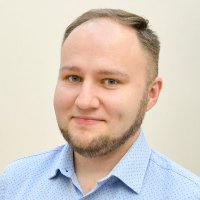
Krzysztof
@sosnica
I'm a celestial mechanician.
My job is to explain how and why artificial Earth satellites move.
ID: 709118286
21-07-2012 15:08:49
99 Tweet
157 Followers
42 Following



















Właśnie trwa rekrutacja na nowy kierunek - inżynieria danych satelitarnych i kosmicznych! Kierunek uzyskał wsparcie POLSA i wielu firm technologicznych. Piszą o nas: businessinsider.com.pl/technologie/na… spaceagency.prowly.com/408993-kosmicz… gazetawroclawska.pl/kosmiczny-kier… i wielu innych!








